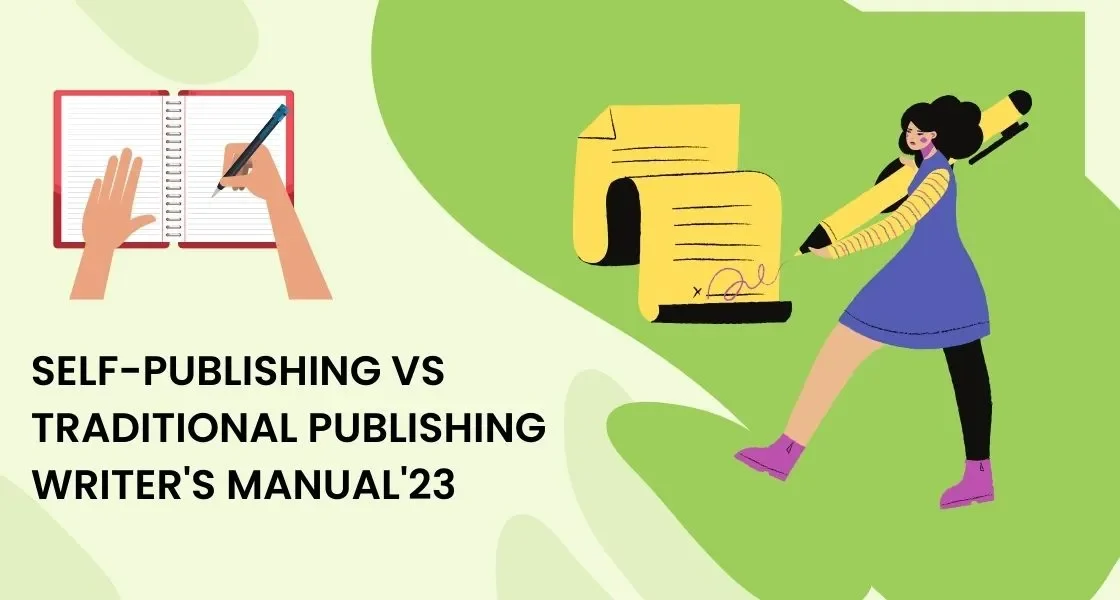
Table of Contents
ToggleAuthor's 2023 Dilemma: Self-Publishing vs Traditional Publishing
In the fascinating world of publishing in 2023, authors find themselves at a crossroads, facing a dilemma that has everyone talking: should they opt for self-publishing or stick to the traditional way? This is a hot topic, so let’s break it down into simple terms.
Okay, imagine this: traditional publishing is like teaming up with the big publishing houses. They have it all: wide distribution, expert editors, and cutting-edge marketing. It’s like joining the A-list, but here’s the problem: it can take forever, and you may have to compromise on your creative vision.
Now, enter self-publishing, the wild card of the publishing world. You’re in the driver’s seat, and your book gets to digital shelves much faster. Plus, you get a bigger piece of the pie. But here’s the thing: you have to do the heavy lifting when it comes to marketing and editing.
So, in 2023, thanks to the digital revolution, self-published books will be able to achieve global success. Traditional publishing? Well, it has that prestige, but the path to getting there can be rocky.
So, authors, in 2023, it’s decision time: do you want the red carpet and the tried and true, or do you want to chart your own course and embrace the digital age? It’s a choice that makes hearts beat, and pens itch. The publishing world is yours, my friend.
Self-Publishing: Your Power to Shine
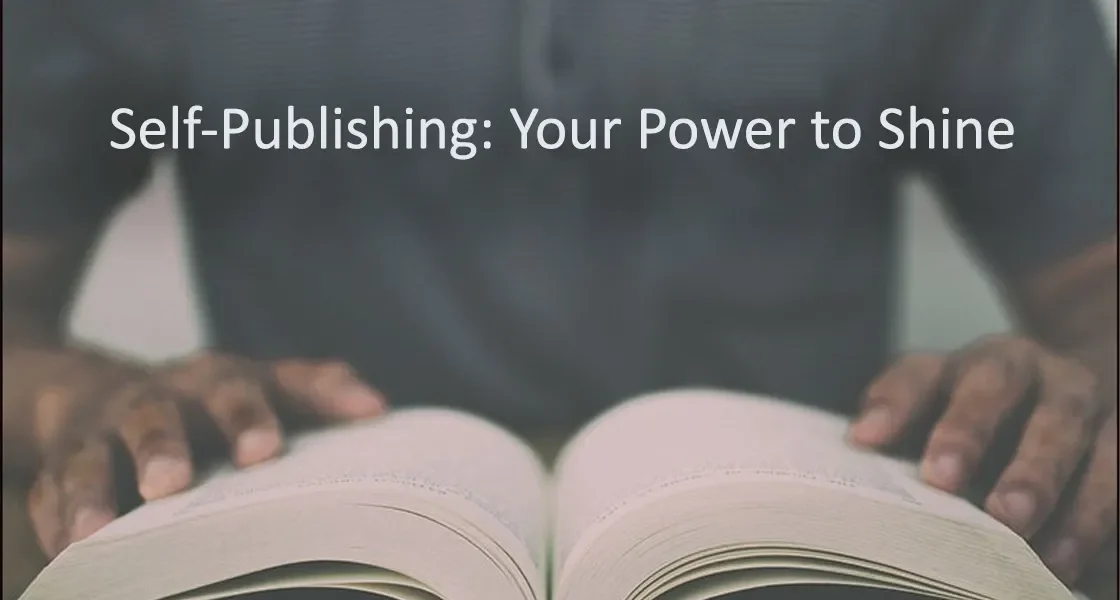
You know what’s really exciting in the world of publishing? It’s the self-publishing advantage. Let’s cut to the chase and find out why it’s so important for authors like you.
First of all, self-publishing is all about empowerment. It puts you in charge. You are the boss, the captain of your own ship. Don’t wait any longer for traditional publishers to give you the green light. You decide when and how your book will be published. This is freedom, my friend.
Picture this: you’ve written a book, you’ve poured your heart into it, and now, instead of crossing your fingers and hoping an editor will notice, you’re taking matters into your own hands. You choose the cover, the layout, and the price. It’s like having your own creative playground.
But here’s the real kicker: self-publishing has changed lives. There are some incredible success stories. Just think of “Fifty Shades of Grey” by E.L. James. It started as a self-published e-book, and look where it ended up: a global sensation and a hit movie. That’s the power of self-publishing.
And it’s not just about bestsellers. Take Hugh Howey, for example. He self-published his sci-fi series “Wool,” and now it has also become a sensation. Traditional publishers took notice, and he landed a good deal. Self-publishing allowed him to reach the big leagues.
So, my friend, the benefit of self-publishing is real and making waves in the literary world. It’s about taking control, making your mark, and turning your dreams into reality. If E.L. James and Hugh Howey can do it, so can you. It’s your time to shine.
Traditional Publishing: Weighing Pros and Cons
Let’s take a close look at the traditional path to publishing, the path less traveled by many authors today. It’s essential to understand its pros and cons, as well as some real-world examples of its triumphs and challenges.
Traditional publishing is like classic travel. You submit your manuscript to established publishing houses, and if they like it, they’ll take care of everything: editing, cover design, and distribution. It’s like having a trusted partner in your literary adventure. But here’s the thing: it’s not easy to get through the door. Rejection letters are part of the agreement.
Now, let’s talk about the successes. Think of J.K. Rowling, the creator of Harry Potter. Her manuscript was rejected several times before Bloomsbury said yes. Fast forward to a global phenomenon. Traditional publishing played a significant role in making her a household name.
But it’s not all sunshine and rainbows. Traditional publishing can result in long wait times. Your book may take years to hit shelves, and you may have to compromise on creative control. Additionally, royalties may be lower.
Another challenge is competition. Publishers have limited slots and are selective. It’s a tough market, and even fantastic manuscripts might not make the cut.
In short, traditional publishing is the road less traveled, with its share of triumphs like that of J.K. Rowling but also its share of challenges. This offers the prestige of being part of a respected publishing house, but it comes with patience and potential setbacks. It’s about finding the right person for your author journey.
Self-Publishing: Your Road to Success
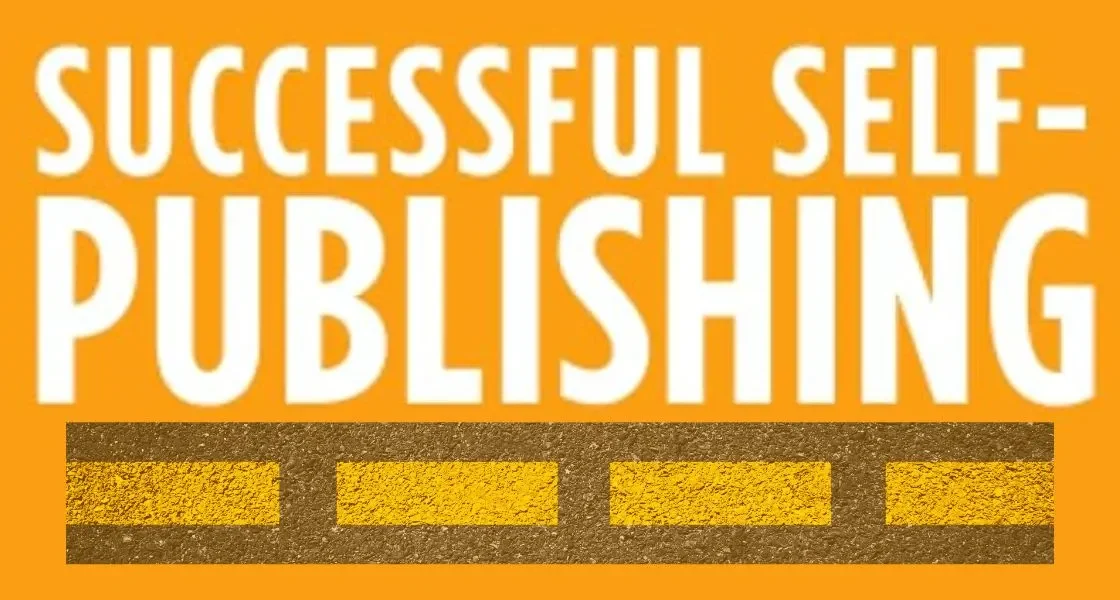
Welcome to the world of self-publishing, where you’re the boss, and your book is in your hands. Let’s dive into this comprehensive guide, complete with a step-by-step walkthrough and insider tips for a successful journey.
Step 1 - Crafting Your Manuscript
Start by polishing your manuscript until it shines. Edit, proofread, and make sure it’s the best it can be. Look at successful self-published authors like Andy Weir, who self-published “The Martian” and hit the big time.
Step 2 - Eye-Catching Cover Design
Don’t judge a book by its cover? Well, readers do. Invest in a captivating book cover design. It’s like the first impression of your book. Take inspiration from the pros like Amanda Hocking, whose self-published books had eye-catching covers.
Step 3 - Formatting and Layout
Make sure your book looks pro inside. Proper formatting and layout are essential. You want readers to have a smooth reading experience. Check out Hugh Howey’s self-published “Wool” series for an example of top-notch formatting.
Step 4 - Publishing Platforms
Choose your platform wisely. Amazon Kindle Direct Publishing (KDP) is a popular choice. It’s user-friendly and reaches a vast audience. Hugh Howey found success with KDP for his “Wool” series.
Step 5 - Marketing and Promotion
Now, here’s where the magic happens. You need to get the word out. Use social media, book blogs, and consider running promotions. Mark Dawson is a self-publishing sensation who’s nailed marketing.
Step 6 - Engage with Your Readers
Build a connection with your readers. Engage with them through social media, newsletters, and book events. Engaging authors like Joanne Penn have mastered this art.
Self-publishing empowers you with expertise to chart your own literary journey. Embrace the knowledge you’ve gained here and use it to your advantage. By taking these steps, you’re well on your way to literary success. Its benefits include creative control, quicker publication, and higher royalties.
Now, take the plunge and embark on your path to success. Your story deserves to be shared with the world. So, go ahead and make your mark today.
Traditional Publishing: A Mystical Journey - Insights & Challenges
Let’s embark on a journey through the traditional publishing route, a path that’s often shrouded in mystery. We’ll demystify the submission process and explore the experiences of authors who’ve walked this road.
The Submission Process Demystified:
Traditional publishing begins with submitting your manuscript to established publishing houses. It’s like knocking on the doors of literary giants. Be prepared to write a compelling query letter and a synopsis that grabs attention. Your manuscript should be polished to perfection.
Once your submission is in, the waiting game begins. It can be nerve-wracking, but remember, even famous authors like J.K. Rowling faced rejection before getting their big break. It’s all part of the process.
If a publisher shows interest, you might receive a contract offer. Negotiate terms carefully, considering royalties, rights, and advances. Once the ink is dry, the publisher takes over editing, cover design, and distribution. Your book becomes part of their well-oiled machine.
Author Experiences in Traditional Publishing:
Now, let’s peek into the experiences of authors who’ve navigated this route. Take George Orwell, for instance. His classic “1984” was traditionally published and remains a literary masterpiece. Traditional publishing gave his work the gravitas it deserved.
However, it’s not all smooth sailing. Traditional publishing can be time-consuming. It may take years for your book to hit the shelves. Authors might have to compromise on creative control and share a portion of royalties.
Another example is the beloved J.R.R. Tolkien. His “Lord of the Rings” series achieved worldwide fame through traditional publishing. It’s a testament to the reach of established publishing houses.
Navigating the traditional publishing route is like embarking on an epic quest. The submission process requires patience and persistence. Authors like Orwell and Tolkien have proven that it can lead to literary immortality. It’s a path worth exploring if you’re willing to embrace its challenges and rewards.
Choosing Your Publishing Path: Self or Traditional?
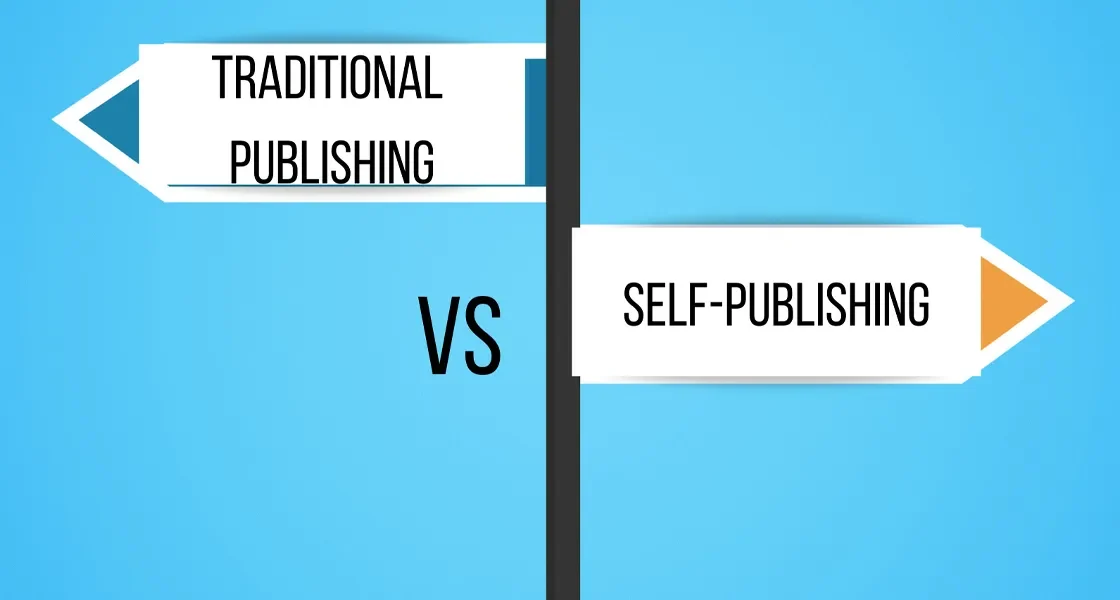
Let’s dig into the crucial factors you need to consider when making the decision between self-publishing and traditional publishing. It’s a big choice, so let’s break it down.
1 The Right Fit for Your Book:
First and foremost, think about your book. What genre is it? Who’s your target audience? Some genres, like romance or self-help, do exceptionally well in self-publishing because they have dedicated readerships. Traditional publishing may be better for literary or niche works. Consider where your book fits best.
2 Balancing Control and Support:
Next, it’s all about balance. Self-publishing offers maximum control, but you’re on your own. Traditional publishing provides support, but you may have to compromise on creative decisions. For example, Andy Weir’s “The Martian” started as a self-published e-book, but he embraced traditional publishing for the print edition to reach a broader audience.
3 Your Timeline:
Consider your timeline. Self-publishing is lightning-fast compared to traditional publishing’s slower pace. If you’re eager to get your book out there, self-publishing might be your ticket. But if patience is your virtue, and you’re in no rush, traditional publishing might suit you better.
4 Marketing and Promotion:
Think about your marketing skills. Self-published authors often take on marketing themselves, which can be a significant workload. Traditional publishing houses have marketing departments to help, but you’ll still play a role. Weigh your marketing prowess and willingness to promote your work.
5 Royalties and Advances:
Money matters. Self-publishing generally yields higher royalties, but you’re also responsible for expenses. Traditional publishing might offer advances but with smaller royalties. Consider your financial goals and how they align with each path.
6 Creative Control:
Do you have a strong vision for your book’s cover, layout, and content? Self-publishing gives you the final say. Traditional publishing, on the other hand, may require concessions. Keep your creative aspirations in mind.
7 Long-Term Goals:
Consider your long-term goals. Self-published authors often build their brand gradually, while traditional publishing can provide a quicker boost. Think about where you want to be in the years ahead.
8 Flexibility:
Lastly, flexibility is key. Self-publishing allows you to pivot quickly if things aren’t working. Traditional publishing is more structured. Assess your comfort with adapting to unforeseen circumstances.
In the end, your decision should align with your book’s nature, your goals, and your creative vision. There’s no one-size-fits-all answer. Weigh these factors carefully, and you’ll find the path that’s right for you and your book
Publishing Timelines: Self vs. Traditional
Let’s dive into the fascinating world of the publishing timeline and explore the time differences between self-publishing and traditional publishing. It’s essential to understand how each path impacts the time it takes to get your book into the hands of readers.
1 Self-Publishing Timeline:
Self-publishing is like a speedster in the publishing world. From the moment you finish your manuscript, you can hit the “publish” button within days or weeks. Your book can be available to readers in a matter of weeks, sometimes even days! It’s like instant gratification for authors.
2 Traditional Publishing Timeline:
Now, let’s talk about traditional publishing. This path is more like a leisurely stroll. After submitting your manuscript, it can take several months, or even years, before you see your book on the shelves. Publishers have lengthy processes, including editing, design, and marketing, which contribute to this longer timeline.
3 Self-Publishing Benefits:
The speed of self-publishing allows you to respond quickly to trends and reader demand. If you have a time-sensitive topic or a series to release, self-publishing’s agility is a major advantage. Hugh Howey’s “Wool” series is a great example. He self-published and gained a fan base rapidly.
4 Traditional Publishing Benefits:
On the flip side, traditional publishing offers a different kind of benefit – the prestige and support of an established house. While it takes longer to release your book, you gain access to professional editing, marketing, and wider distribution, which can boost your book’s chances of success. J.K. Rowling’s journey from manuscript to global sensation with “Harry Potter” illustrates this.
5 Finding the Right Balance:
Ultimately, the choice between self-publishing and traditional publishing depends on your goals and timeline. Consider your patience, goals, and the nature of your book. Some authors find success in a blend of both worlds, starting with self-publishing to build an audience and then transitioning to traditional publishing.
6 The Hybrid Option:
Many authors choose a hybrid approach, starting with self-publishing to establish themselves and then seeking traditional publishing for subsequent works. This strategy allows them to enjoy the best of both worlds.
7 Conclusion:
The publishing timeline is a crucial factor in your decision-making process. Self-publishing offers speed and control, while traditional publishing provides support and prestige. Your choice should align with your book’s needs and your goals as an author. It’s all about finding the right fit for your unique journey.
Mastering Book Marketing Strategies
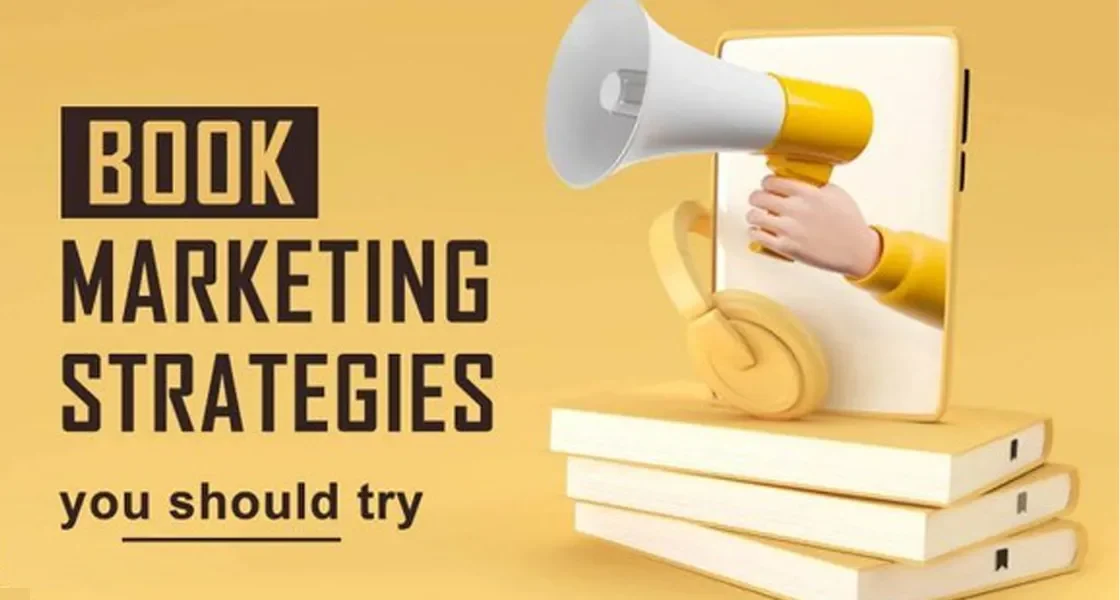
Let’s delve into the exciting realm of marketing your book, where we’ll explore the different strategies between self-publishing and traditional marketing. Plus, we’ll peek at real-life case studies of authors who nailed book promotion.
1 Self-Publishing Strategies:
Self-publishing authors often take the DIY route when it comes to marketing. They leverage social media, book blogs, and email newsletters to reach their audience. For instance, Amanda Hocking, a self-published author, used her blog and social media to connect with readers and generate buzz around her books.
2 Traditional Marketing:
Traditional publishing houses have dedicated marketing teams that handle promotions. They secure book reviews in major publications, arrange author interviews, and even plan book tours. These efforts amplify the book’s reach to a broader audience. A prime example is Harper Lee’s “To Kill a Mockingbird,” which received extensive traditional marketing and became a classic.
3 Finding Your Audience:
In self-publishing, you need to identify and engage your target audience. Author Mark Dawson successfully used Facebook ads to reach readers interested in his genre, resulting in impressive book sales.
4 Leveraging Traditional Resources:
Traditional publishing benefits from established networks. Authors like J.K. Rowling and her Harry Potter series enjoyed massive success through the publisher’s marketing machine. It demonstrates the power of traditional marketing resources.
5 Building Your Brand:
Authors in both realms need to build their personal brand. Self-published author Hugh Howey gained recognition through his active online presence and regular blog posts. Building a brand makes readers more likely to invest in your work.
6 The Power of Reviews:
Reviews are critical. In self-publishing, authors often seek reviews from book bloggers and readers on platforms like Goodreads. Traditional publishing relies on professional reviewers and media outlets to generate buzz.
7 Conclusion:
Marketing your book is a crucial step in your publishing journey. Self-publishing authors use a hands-on approach, leveraging digital platforms to connect with their audience. Traditional publishing offers the advantage of professional marketing teams and established networks. Both have their merits, and success stories abound in both worlds. The key is finding the marketing strategy that aligns with your book and your strengths as an author.
Finances in Writing: Costs and Earnings
Let’s dive into the financial aspects of your author journey, where we’ll explore costs, royalties, income potential, and how to budget effectively. Understanding the financial side of writing is essential for your success.
1 Costs, Royalties, and Income Potential:
Self-publishing often involves upfront costs for editing, cover design, and marketing. However, it offers higher royalties per sale, which can lead to more income in the long run. Traditional publishing, while not requiring upfront costs, generally offers lower royalties.
2 A Practical Look at Budgeting:
Budgeting is a crucial aspect of self-publishing. You’ll need to allocate funds for editing, cover art, and marketing. Plan your budget wisely to ensure your book’s success. Many successful self-published authors, like Joanna Penn, emphasize the importance of allocating funds effectively.
3 Costs of Self-Publishing:
Consider expenses like professional editing, cover design, formatting, and marketing. These investments can significantly impact your book’s quality and visibility. Allocate your budget to these areas strategically.
4 Royalties in Self-Publishing:
With self-publishing, you can earn higher royalties, often ranging from 35% to 70% of the book’s price, depending on the platform and distribution. It’s a potential income boost for authors who market effectively.
5 Traditional Publishing Income:
Traditional publishing typically offers advances against royalties, which can be a lump sum upfront payment. However, royalties per sale are usually lower, ranging from 10% to 25%. Income may be spread out over time.
6 Budgeting for Success:
To budget effectively, prioritize the key aspects of your book’s production and promotion. Allocate your resources wisely to maximize the impact. Successful authors like Andy Weir invested in quality editing and a captivating cover to ensure their book’s success.
Understanding the financial aspects of your writing journey is crucial. Self-publishing may require initial investments but offers higher income potential. Traditional publishing may provide advances but lower royalties. Budgeting wisely and making strategic financial decisions will contribute to your book’s success, regardless of the path you choose.
Author’s Inspiring Success Stories
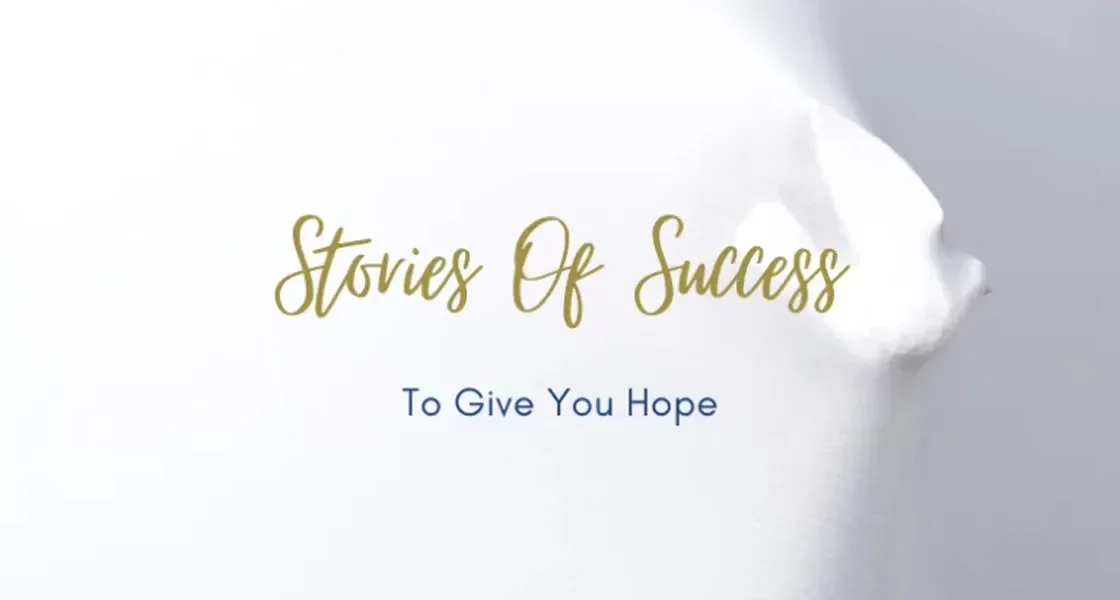
In the world of literature, success stories abound, offering valuable insights and lessons from authors who have walked the path to literary acclaim. These journeys are a tapestry of dedication, passion, and unwavering determination. Let’s delve into the inspiring tales of these wordsmiths who made their choice to craft captivating narratives and learn from their experiences.
1 The Beginning:
Every successful author starts somewhere. Their stories often begin with a spark of inspiration or a deep-seated desire to share their unique perspective with the world. These beginnings remind us that anyone can embark on this creative journey.
2 Overcoming Rejections:
Rejections are part and parcel of a writer’s life. The authors we admire faced countless rejections before their breakthroughs. Their resilience is a testament to the power of perseverance.
3 Craftsmanship:
Great authors are meticulous craftsmen. They carefully select words that resonate with readers, weaving intricate narratives that transport us to different worlds. This attention to detail sets them apart.
4 Finding Their Voice:
Each author has a distinctive voice that makes their work memorable. Discovering and refining this voice is a crucial step in their journey. It’s a reminder that authenticity is key.
5 Embracing Feedback:
Constructive feedback is a writer’s best friend. Successful authors embrace critiques and use them to hone their skills. It’s a lesson in humility and growth.
6 Marketing and Promotion:
Beyond writing, authors must navigate the world of marketing and promotion. Learning to connect with their audience and build a following is a skill that can’t be overlooked.
7 Legacy:
Ultimately, authors aim to leave a lasting legacy through their words. Whether it’s through timeless classics or contemporary bestsellers, they aspire to touch the hearts and minds of readers for generations to come.
These authors’ success stories teach us that the path to becoming a revered writer is filled with challenges and triumphs. By embracing the wisdom gleaned from their journeys, aspiring authors can navigate their own path with confidence and purpose, creating literature that captivates and inspires.
The Parting Notes:
In the ever-evolving world of publishing, crafting your roadmap for 2023 is imperative. Learning from the success stories of authors who’ve paved the way, you can chart your own course to literary achievement. Their journeys underscore the importance of perseverance, craftsmanship, and embracing feedback.
As we embark on this journey together, take the next step. Implement the lessons learned, fine-tune your unique voice, and be prepared for rejections as stepping stones. Marketing and promotion are essential, and remember, your legacy awaits.
So, Carve your path, share your stories, and inspire the world with your words. Success awaits those who dare to write it.
FAQs
It depends on control and time. Self-publishing offers control but more work. Traditional publishing offers support but may take longer to get published.
Usually, yes. Agents help with submissions and negotiations, but not all traditional publishers require one.
Self-publishing costs vary, but upfront, traditional publishing typically doesn’t cost the author anything.
Quality matters more than the publishing route. A well-edited, professionally designed, self-published book can be respected by readers.
Self-publishing offers higher royalties, but traditional publishers provide advance payments and extensive distribution.
Self-publishing is quicker. Traditional publishing involves submission, editing, and publishing schedules, which take longer.